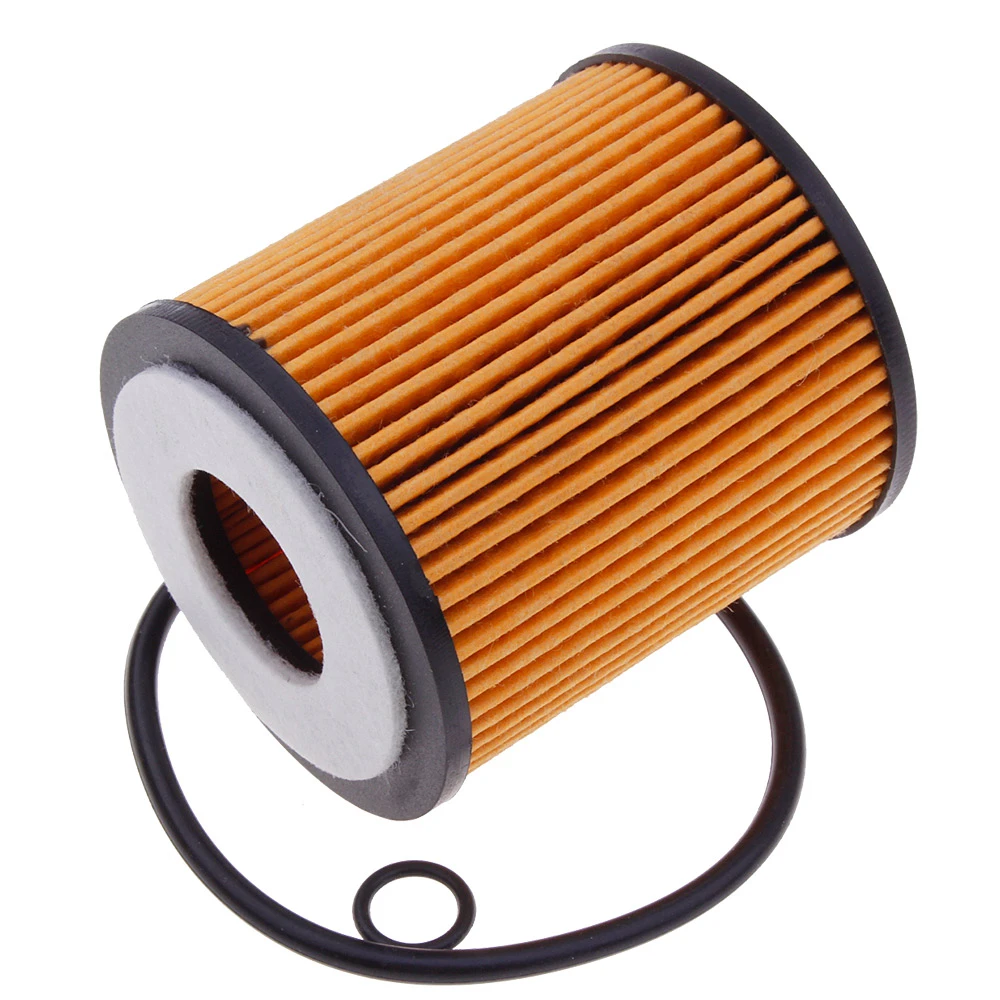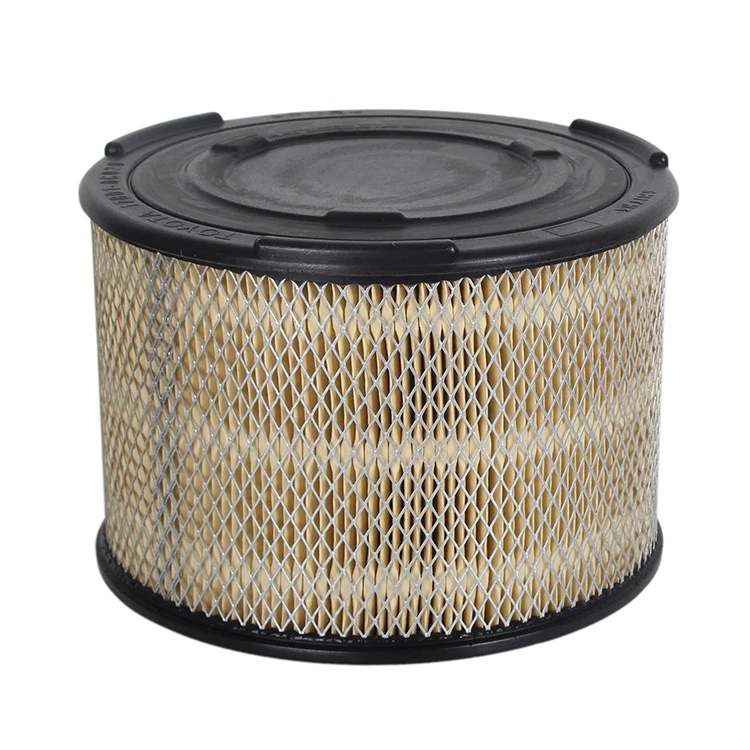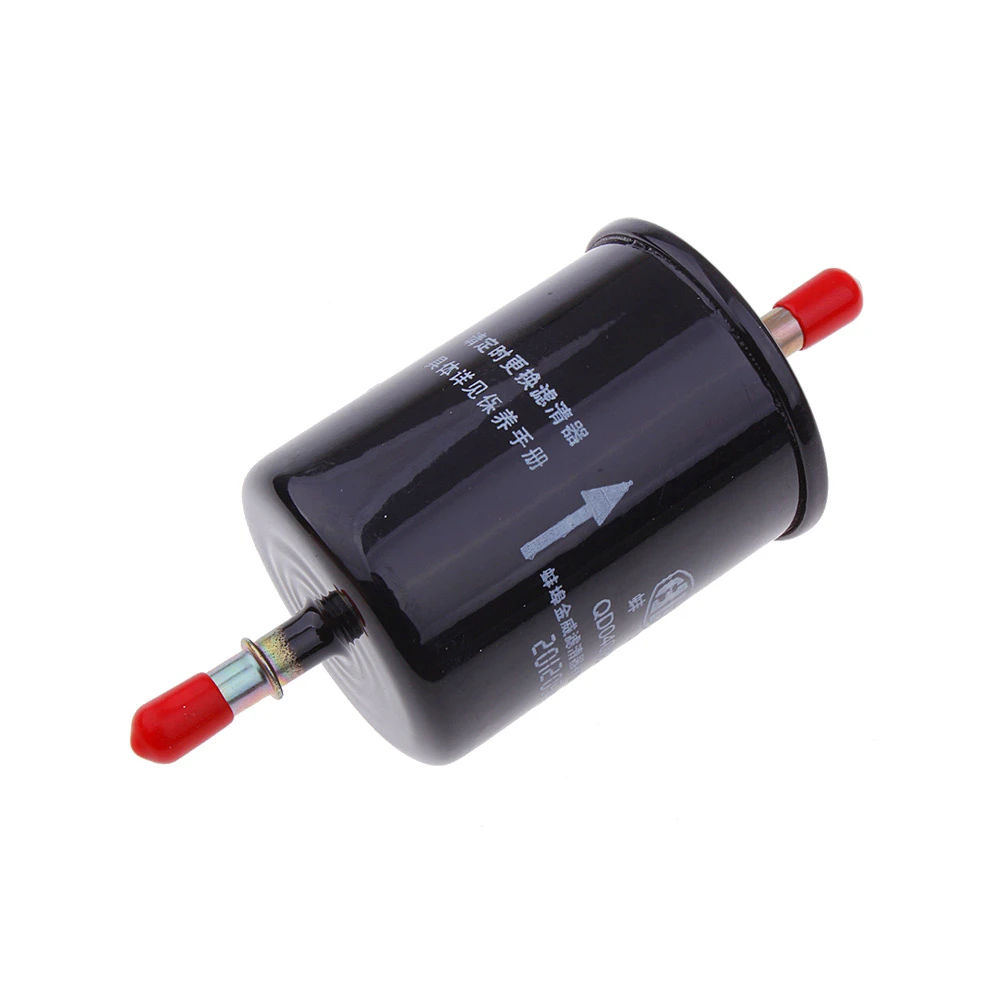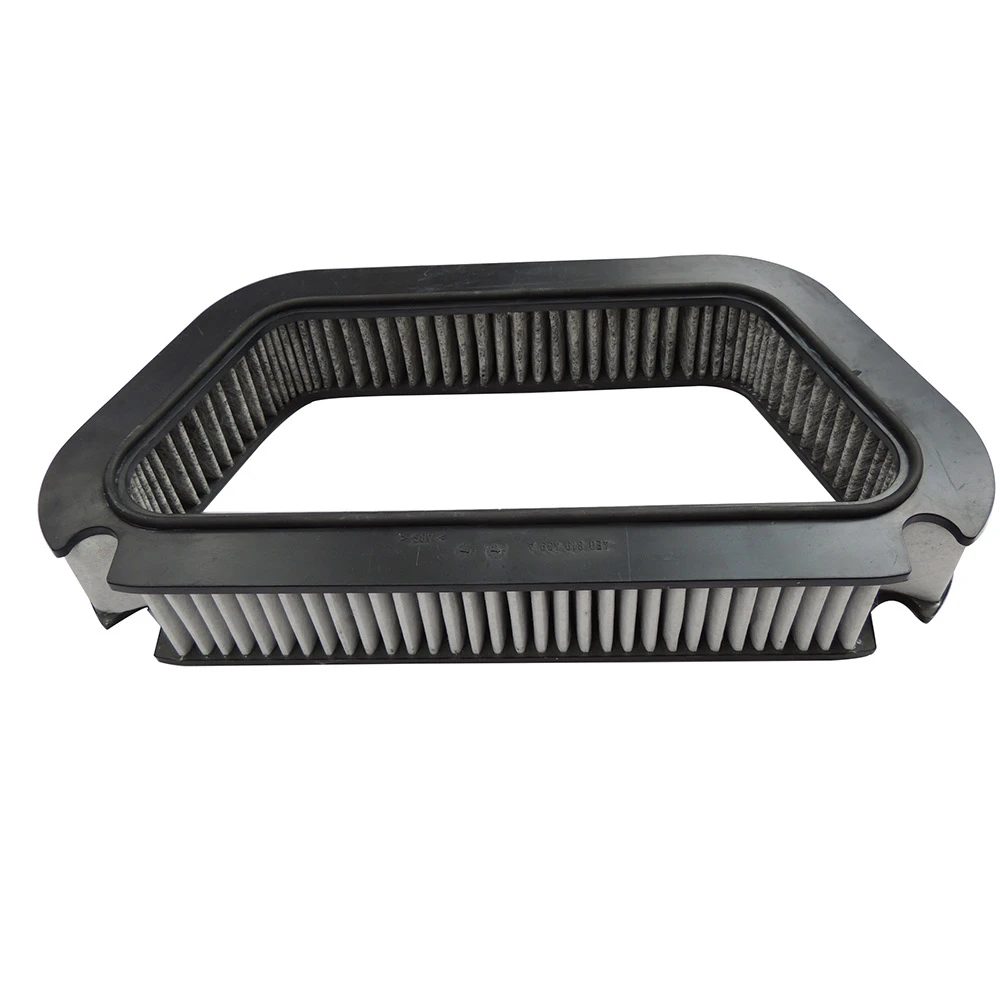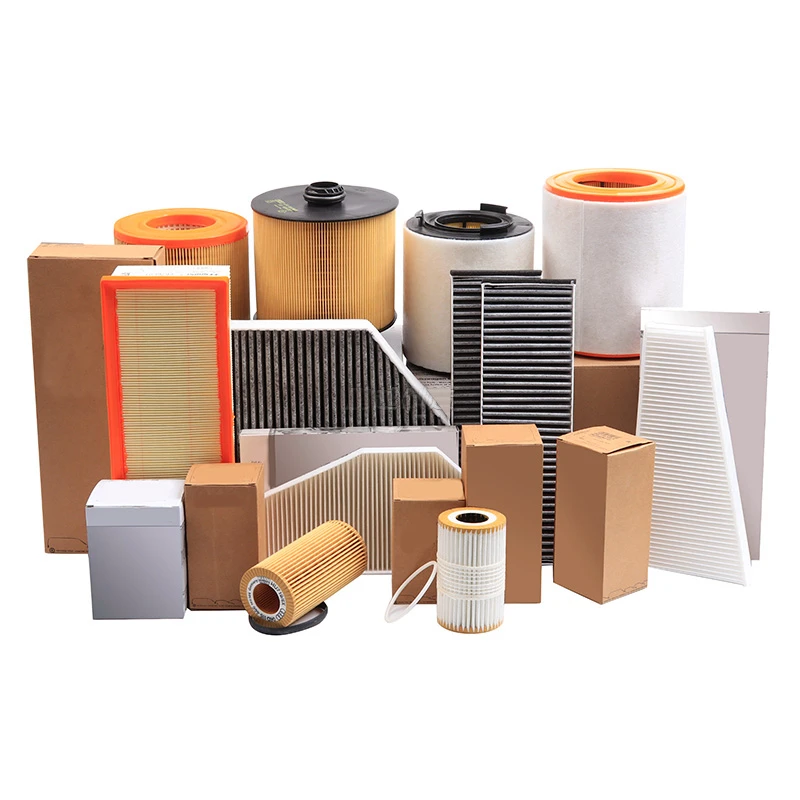
- The Vital Role of Cabin Air Filters in Vehicle Health
- Performance Data: Mileage and Contaminant Statistics
- Technological Evolution in Filtration Materials
- Manufacturer Comparison: Lifespan and Efficiency Analysis
- Personalized Replacement Strategies by Driving Profile
- Real-World Case Studies: Repair Cost Prevention
- How Often You Change Air Filter in Car: Final Guidelines
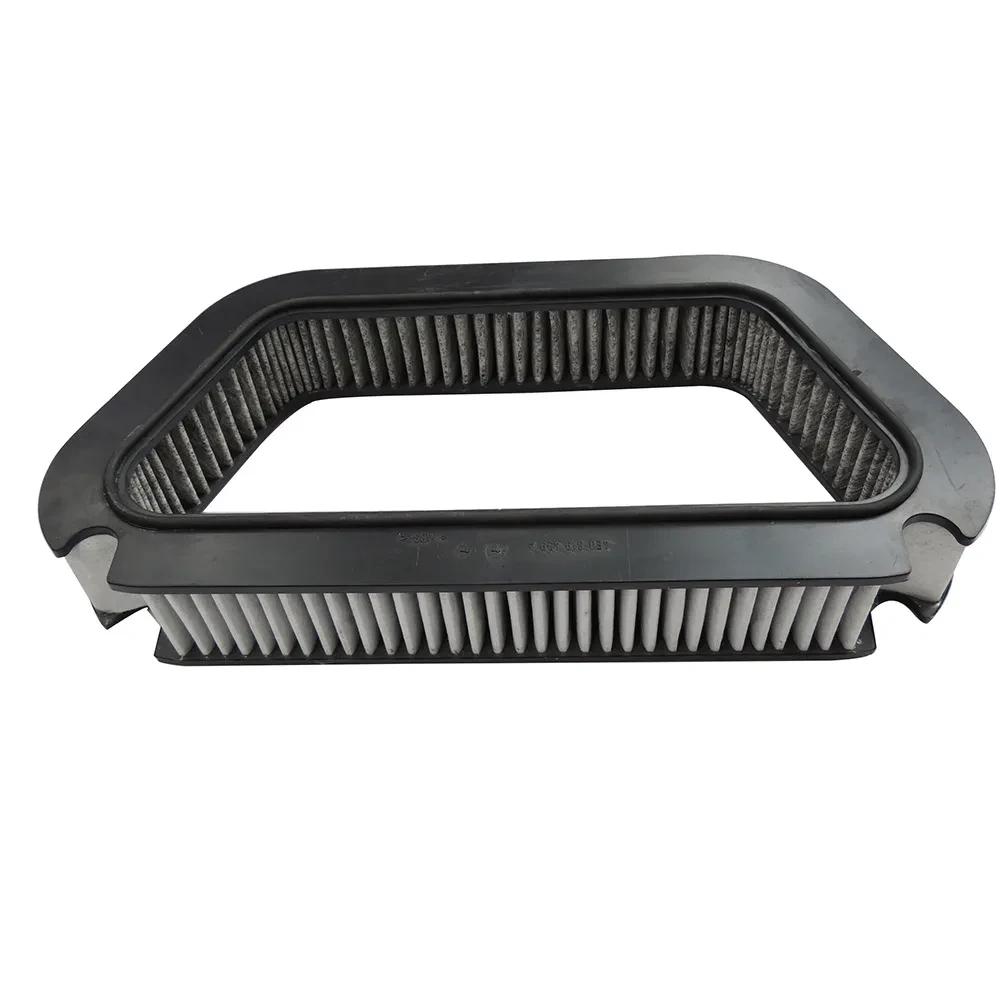
(how often you change air filter in car)
How Often You Change Air Filter in Car: The Vital Function
Cabin air filters serve as your vehicle's respiratory system, trapping pollutants before they enter the passenger compartment. These multilayered barriers capture pollen, dust, soot, and allergens through progressively finer mesh screens. Modern filters incorporate activated carbon layers to neutralize gases and odors, creating a critical barrier against airborne particulates.
Neglecting this component triggers measurable consequences: a clogged filter can reduce airflow by up to 70%, forcing HVAC systems to work harder. This strains electrical components and diminishes defrosting efficiency, creating potential safety hazards in adverse weather conditions. Filters also protect sensitive electronics behind dashboards from dust accumulation.
The filtration process involves three phases: initial particle capture by synthetic fibers, electrostatic attraction of microscopic particles, and chemical absorption through impregnated carbons. This multi-stage approach ensures removal efficiency for particles as small as 0.3 microns – finer than most bacteria.
Data-Backed Maintenance Intervals: Mileage vs Contamination
Industry research reveals significant variance in filter lifespan depending on operating conditions:
| Environment | Avg. Months Until 70% Clog | Recommended Max Miles |
|---|---|---|
| Urban Driving | 9-12 | 10,000 |
| Highway Commuting | 18-24 | 20,000 |
| Dusty/Rural Areas | 6-8 | 7,500 |
| High Allergy Regions | 8-10 | 9,000 |
Laboratory testing demonstrates accelerated clogging in high-pollution conditions. Filters from vehicles driven primarily in construction zones accumulated 47% more particulate mass within 5,000 miles compared to suburban drivers. HVAC airflow measurements provide the most accurate deterioration indicator, typically showing 15-20% annual reduction in standard conditions.
Technical Advancements in Air Filtration Materials
Filter media has evolved dramatically from basic paper designs to sophisticated composite structures:
- Nanofiber Technology: Electrostatically charged fibers measuring 200-300 nanometers capture ultrafine particulates while maintaining airflow rates 40% higher than conventional media
- Bamboo Charcoal Integration: Sustainable absorbent layers provide superior odor elimination with 68% higher formaldehyde absorption than traditional activated charcoal
- Antimicrobial Treatments: Silver-ion infused media inhibit bacterial growth for >99.9% effectiveness against mold and fungus colonization
Premium filters feature pleat geometries engineered through computational fluid dynamics. These maximize surface contact area without restricting airflow, achieving filtration efficiency improvements of 22-30% over standard designs. Testing confirms that multi-density gradient structures optimize particle distribution across media layers.
Manufacturer Comparison: Performance Metrics Analysis
| Brand | Micron Capture | Airflow (CFM) | Warranty | Projected Lifespan |
|---|---|---|---|---|
| Mann-Filter | 0.3 | 190 | 2 years | 18-24 months |
| K&N | 5.0 | 215 | Lifetime | Reusable |
| FRAM | 3.0 | 180 | 1 year | 12 months |
| Bosch | 0.5 | 175 | Limited | 15 months |
High-efficiency particulate air (HEPA) style filters demonstrate superior capture rates but require specialized installation due to increased airflow resistance. Reusable filters demand rigorous maintenance: K&N's oil-coated designs capture larger particles effectively but require cleaning every 12,000 miles using proprietary recharge kits costing $22-35 per service.
Customized Replacement Solutions for Driving Profiles
Individual driving patterns necessitate tailored approaches:
Urban Commuters: Replace standard filters every 9 months; upgrade to activated carbon units to combat traffic fumes and urban pollutants. Consider premium filters with higher dust holding capacity.
Rural Drivers: Install specialized filters with pre-filtration layers every 6-7 months. Explore water-resistant options during rainy seasons to prevent mold development.
Allergy Sufferers: Medical-grade HEPA-equivalent filters changed quarterly provide optimal protection. Add standalone air purifiers for comprehensive allergen management.
Commercial Fleets: Implement IoT-enabled filter monitors that track airflow resistance, scheduling replacements based on actual performance data rather than mileage estimates. This optimization reduces fleet maintenance costs by 11-18% annually.
Documented Case Studies: Repair Prevention Outcomes
Multiple auto service centers tracked customer outcomes:
A 2018 Honda Odyssey experienced complete HVAC failure at 42,000 miles due to leaves and debris bypassing a deteriorated filter. Total repair cost reached $1,287 including blower motor replacement and duct cleaning. This compares to $48 filter replacements every 15,000 miles.
Rideshare operators demonstrated measurable fuel economy benefits: Fleet data from Chicago showed 3.7% average improvement in fuel efficiency when replacing filters at 10,000-mile intervals versus manufacturer recommendations. Reduced AC compressor strain contributed significantly to savings.
European studies discovered that cabin air filter replacement before winter prevented evaporator freeze-ups in 89% of vehicles prone to this failure. This $40 preventative measure avoided repairs averaging $820 across documented cases.
How Often You Change Air Filter in Car: Evidence-Based Guidelines
Industry data converges on these protocols:
- Standard Maintenance: Inspect every 12 months or 12,000 miles with replacement determined by condition
- Maximized System Protection: Replace every 15,000 miles without exception
- Climate-Specific Rules: Schedule autumn replacement before winter defrosting demands peak system performance
Diagnostic signs demanding immediate attention include whistling airflow noises, lingering odors despite air fresheners, and reduced vent output. Professional inspection using calibrated manometers can detect flow reductions as low as 15% before noticeable performance decline occurs. This proactive approach prevents cumulative damage to interconnected HVAC components.
Implement reminders aligned with regional seasons: urban drivers should prioritize spring replacements before peak pollen seasons, while desert residents benefit from replacements after dust storms. Documenting replacement dates within maintenance logs preserves vehicle value and establishes consistent care patterns.
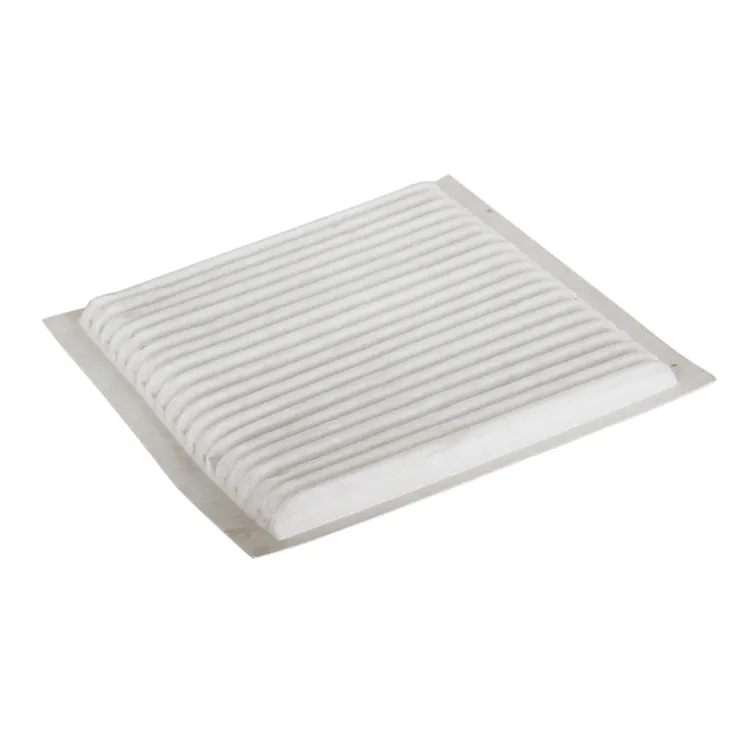
(how often you change air filter in car)
FAQS on how often you change air filter in car
Q: How often should you change the air filter in your car?
A: It's recommended to change your car engine air filter every 12,000 to 15,000 miles or once a year. Consult your vehicle's owner manual for specific guidance based on driving conditions.
Q: How often should you change car cabin air filter?
A: Replace the car cabin air filter every 15,000 to 30,000 miles or annually to maintain air quality. Factors like dusty environments may require more frequent changes.
Q: How often should you change cabin air filter in car?
A: Change the cabin air filter in your car approximately every 15,000 to 30,000 miles for optimal performance. Always follow your manufacturer's maintenance schedule for accuracy.
Q: How often should you change a car air filter?
A: A car air filter, including the engine type, should be replaced every 12,000 to 15,000 miles to ensure fuel efficiency. Regular checks help prevent clogs.
Q: How frequently should car air filters be replaced?
A: Replace engine air filters every 12,000-15,000 miles and cabin filters every 15,000-30,000 miles. Adhere to your car's manual for personalized advice.
-
Vehicle Performance with Premium Car Filter SolutionsNewsJul.02,2025
-
Upgrade Engine Performance with Timely Air Filter MaintenanceNewsJul.02,2025
-
Optimize Vehicle Health with Timely Air Filter ReplacementNewsJul.02,2025
-
Every Drive with Next-Level Car Filtration SystemsNewsJul.02,2025
-
Driving Comfort with Advanced Air Filtration SystemsNewsJul.02,2025
-
Cleaner with Next-Generation Automotive Air FiltrationNewsJul.02,2025
-
The Importance of Cabin Filter and Engine Filter: The Role and Maintenance of Cabin Filter and Engine FilterNewsJun.25,2025
Related Products
